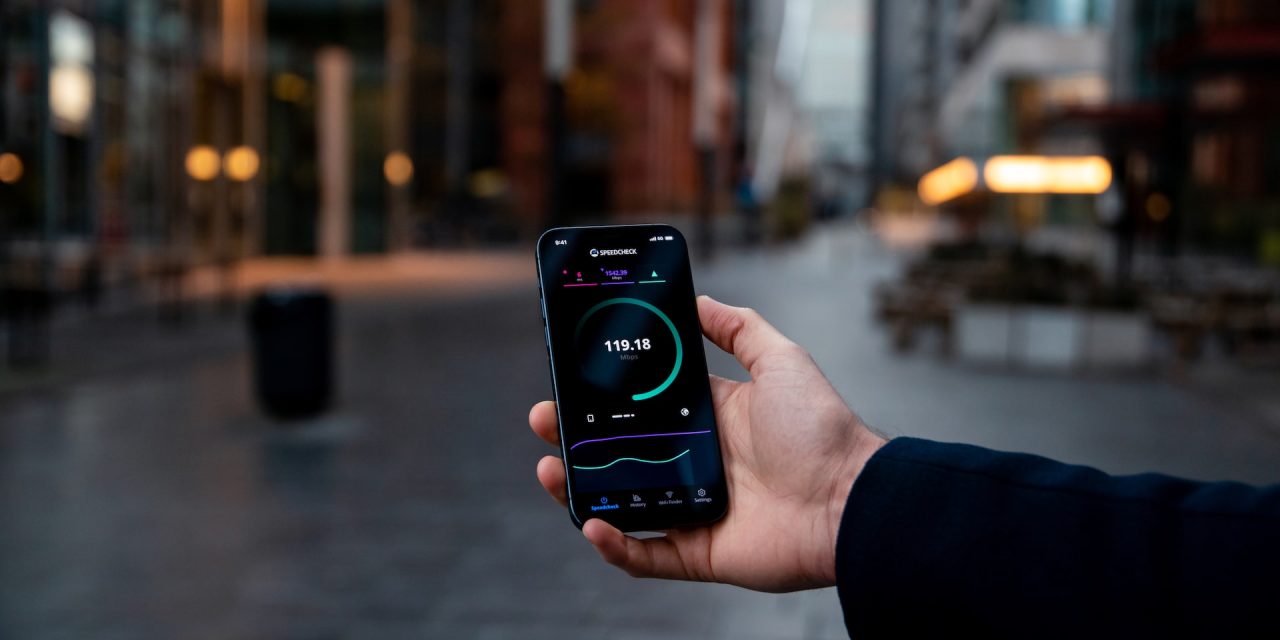Chicago – The global 5G Services Market size to grow from USD 53.0 billion in 2020 to USD 249.2 billion by 2026, at a Compound Annual Growth Rate (CAGR) of 29.4% during the forecast period. The presence of various key players and several network infrastructure providers from the telecom ecosystem has led to competitive and diverse market. The increasing business demand for enhancing network efficiency, high speed, and virtualization of network security is expected to make the 5G a dominant market.
Technology represents huge opportunities for enterprises enabling new use cases in businesses. The increasing mobile network data traffic, the growing need to transform the mobile broadband experience, and development of smart infrastructures are the key factors driving the global 5G services market growth. High Costs required for the deployment of 5G network may limit the market growth. However, on the other hand, there are significant growth opportunities for 5G services vendors. The growing demand for high reliability and low latency networks, Unleashing massive IoT ecosystem and critical communications services ,and growing demand for private 5g network across enterprises, governments, and industrial sectors are expected to shape the future of the 5G services market. Delay in spectrum harmonization across geographies may pose a challenge to market growth.
Scope of the Report
| Report Metrics | Details |
| Market size available for years | 2020–2026 |
| Base year considered | 2019 |
| Market Estimated Values By 2026 | USD 249.2 Billion |
| CAGR During Forecast Period | 29.4% |
| Forecast period | 2020–2026 |
| Forecast units | USD Billion |
| Segments covered | Communication Type, End User, Enterprise, Application, And Region |
| Geographies covered | North America, Europe, APAC, Latin America and MEA |
| Companies covered | AT&T (US), China Mobile (China), SK Telecom (South Korea), Verizon (US), BT Group (UK), Deutsche Telekom (Germany), T-Mobile (US), China Telecom (China), Orange S.A (France), Vodafone (UK), China Unicom (China), Telstra (Australia), Telefonica (Spain), KT (South Korea), Rogers (Canada), Bell Canada (Canada), Etisalat( UAE), STC (KSA), LG U+ ( South Korea), NTT Docomo (Japan), KDDI (Japan), Telus (Canada), Swisscom (Switzerland), DISH (US), Reliance Jio (India), Rakuten (Japan), MTN ( South Africa), Airtel (India), and Telenor Group (Norway) |
The enterprises segment has a key role to play in the 5G services market and is expected to grow at a higher CAGR during the forecast period. The most significant value of 5G will not come from connecting people, but from its ability to provide seamless connectivity to infrastructures, machines, and things. 5G is set to become the foundation platform for several new applications in verticals, such as manufacturing, transportation, and healthcare. However, capabilities and standards required to unlock a new world of enterprise services are still under development. Consequently, commercial 5G enterprise applications, such as Industry 4.0 factories, autonomous driving cars, and robotic surgeries, are already in the execution phase. Latency-dependent and time-sensitive applications, such as automated vehicle driving and telerobotics, will especially benefit from edge computing in combination with 5G network slicing.
By communication type, the Enhanced Mobile Broadband (EMBB) segment is expected to hold a larger market size during the forecast period. 5G commercial deployments are driven by enhanced Mobile Broadband (eMBB) service. To enable an early roll out of eMBB services, 3GPP’s RAN group has committed to finalize a Non-Standalone (NSA) 5G New Radio (NR) variant. 5G NSA deployment focuses on eMBB, which is using the existing 4G network supplemented with 5G NR carriers and is capable of offering greater data bandwidth with minimal latency.
APAC is expected to grow at the highest CAGR during the forecast period. The region is transforming dynamically with respect to the adoption of new technologies across various sectors. The infrastructural growth in APAC, especially in Japan, South Korea, Australia, Singapore, China, and India, and the increasing deployment of 4G and 5G networks present huge opportunities for the implementation of the 5G services. Due to a massive mobile subscriber base, enterprises in this region are becoming more competitive and focusing on offering better customer service. The region is set to dominate 5G, edge computing, blockchain, and 5G core technology, due to its size, diversity, and the strategic lead taken by countries, including Singapore, South Korea, China, Australia, and Japan.
Source: MarketsandMarkets Research Pvt. Ltd.





